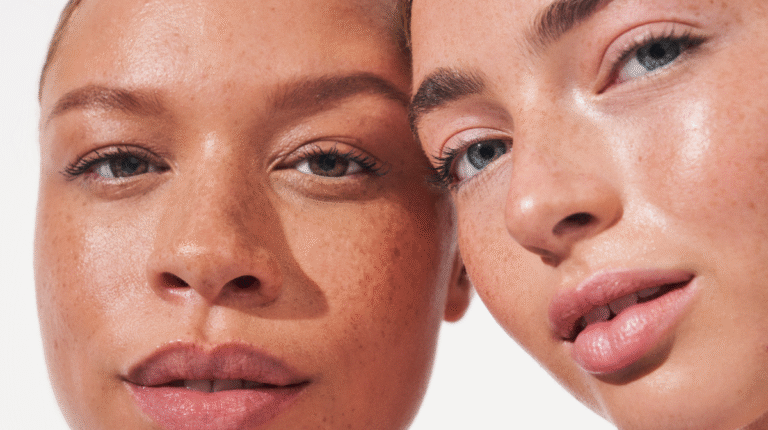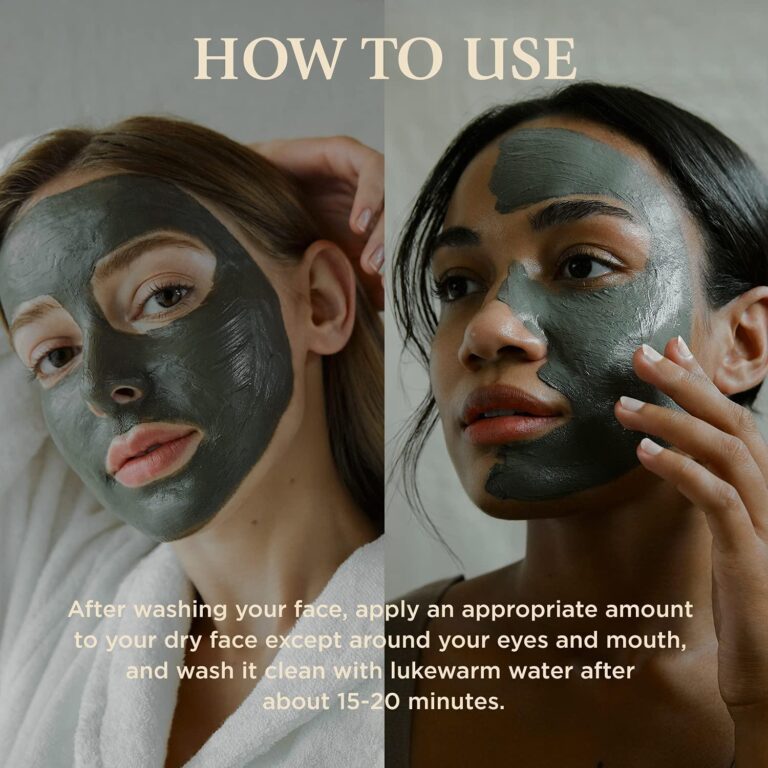No doubt, both of us know at least one lady who looks much younger than her real age. We all wonder what her secret is she blessed with great genes, or they used magic cream, or operations conducted cosmetic procedure? Today, for the first time, specialized and in-depth research is available in this field thanks to a study conducted by Olay to explain how changing genes affect the appearance and freshness of women’s skin in each decade of age.
This unprecedented study, titled‘ multi-Decade and Ethnicity’, revealed biological commonalities that bring together a unique segment of women who look exceptionally younger than their age. Moreover, the study identified changes to genes affect the process of skin aging in each decade of a woman’s life. Olay presented the preliminary findings from the ’different races and decades‘ study as part of the 23rd session of the international Dermatology and Venereology conference, held in Vancouver from 8 to 13 June, the most prestigious of its kind in the world.
The study was launched in 2012 and focused on combining genetics with the study of human appearance and included women in almost every decade of life, from the 1920s to the 1970s, and from different ethnicities (Caucasians, Africans, Latinos and Asians).
Preliminary results of this study data were collected from participants with asset Caucasian and African. Based on these results, two main directions have been identified that help shape the potential possibilities in the field of development of the beauty sector and the enjoyment of young skin.
To begin with, there are similarities between ladies who have a permanent youthful appearance without any facelift. By performing an advanced analysis of the vital information of about 20,000 genes, Olay identified unique skin traits that combine strikingly young ladies, consisting of about 2,000 genes. These genes are responsible for a range of basic biochemical pathways, including pathways that contribute to cellular energy production, cell collection and binding processes, skin moisture barrier formation, DNA repair and recombination, and antioxidant production. The study found that although we all have these genes in our skin, the effectiveness of these genes in the skin varies exceptionally in women with a consistently youthful appearance.
The second piece of information that led to these preliminary findings, based on the study of a group of Caucasian women, is that the term ’point of no return‘ can be used to describe the state of genes with each decade as we age:
1. Decrease in antioxidant response (twenties).
2. Decrease in the vital energy of the skin (thirties).
3. Increase in rates of cellular aging (forties).
4. Decreased effectiveness of skin protector (fifties).
5. Accelerate all of the above (sixties).
Olay’s collaboration with Twente three & Me allowed for in-depth analysis of the ethnic profiles of all participants in the study and the inclusion of the results of these analyses. Olay began by linking these features with skin traits to learn more about the differences in age-related behaviors between different races.
Emily Drabant Conley, PhD, research scientist and director of business development at Twente Three & me, said: “We are eagerly awaiting to see how the results of this joint study could impact the development of the healthcare and genealogy sectors. We are also pleased to follow Olay’s strategies in applying genetics concepts within the beauty and skin care sector. This collaboration will highlight the benefits of genetics and its role in helping millions of women around the world develop their daily skincare routine.”
Dawn French, international vice president of beauty product research and development at Procter & Gamble, said: “This study offers a wealth of ideas to help us design better-performing products, as understanding the genetic traits of women with a youthful appearance allows us to develop the next generation of beauty products that help slow skin aging by providing more specialized solutions. We strive to help every lady to look ageless exceptionally”.
Olay continues to collect and analyse samples from Asian and Latino women between the ages of their twenties and seventies to broaden the findings of the study. When completed, this study will include the ageing profiles of women representing six decades of age and four different ethnicities. This will strengthen Olay’s leadership position at the forefront of skin biology research, which could lead to the creation of skin care products that reshape the sector.








